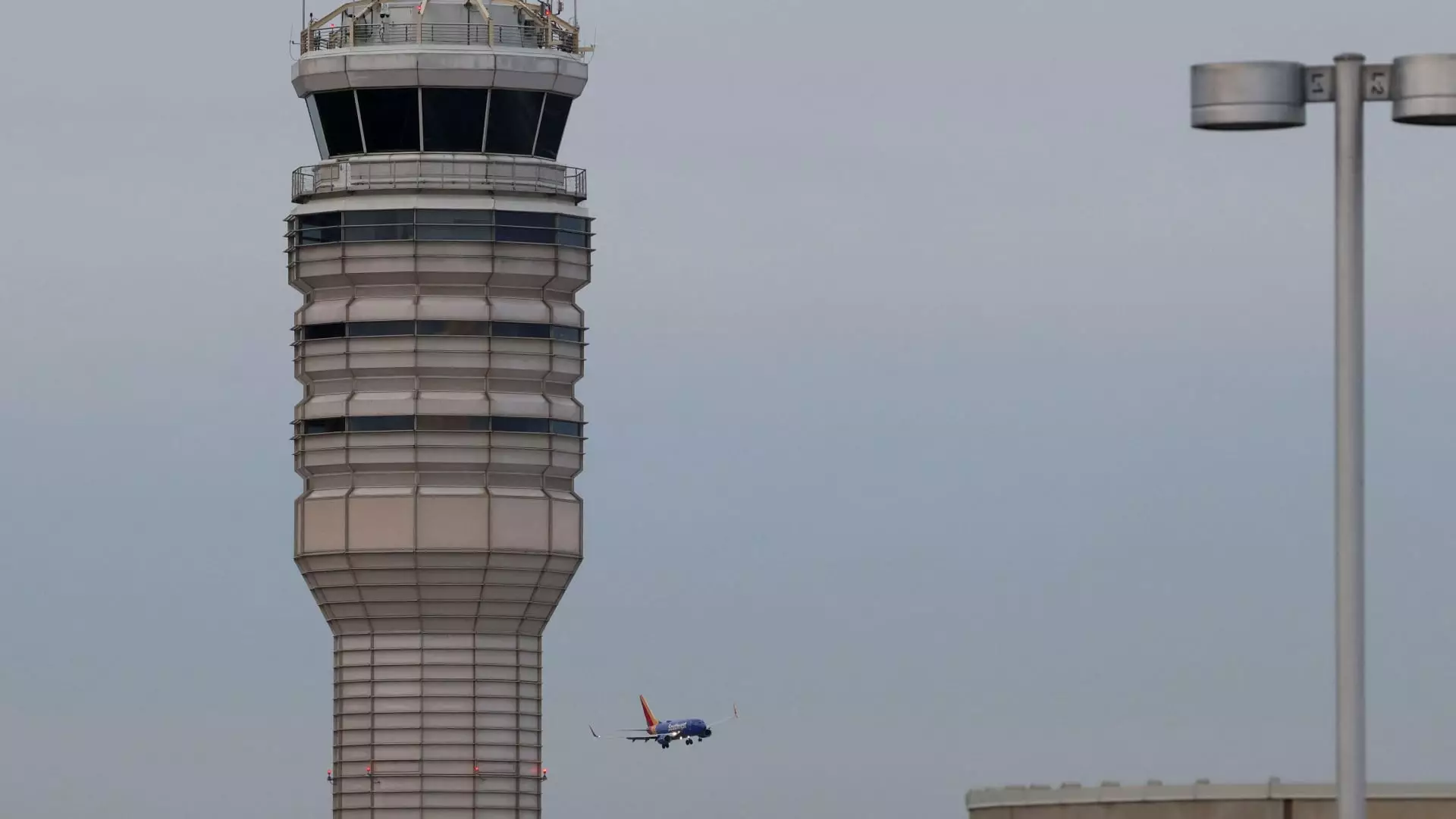In a decisive response to a recent disaster involving an Army Black Hawk helicopter and an American Airlines jetliner in Washington, D.C., the Federal Aviation Administration (FAA) has imposed new restrictions on helicopter operations around Ronald Reagan Washington National Airport. This measure, announced by Transportation Secretary Sean Duffy, aims to restore public confidence in the safety and reliability of the aviation system. The poignant reminder of the need for stringent regulations comes after the tragic incident resulted in the loss of all passengers aboard both aircraft, marking one of the deadliest aviation disasters in recent memory.
The harrowing event transpired as American Eagle Flight 5342 was preparing to land, just moments away from touching down at Reagan National Airport. Unfortunately, this routine flight met an unforeseen calamity when it collided with the military helicopter. The aftermath was devastating: all 64 passengers on the plane and the three personnel on the helicopter perished in this accident. This shocking incident has reignited scrutiny over air traffic management protocols within the busy airspace of D.C., especially given that this was the first deadly commercial airline crash in the United States in over 15 years.
As clarified by National Transportation Safety Board member Todd Inman, helicopters in the D.C. area operate within specific pathways, transitioning through designated zones to maintain safe operations. The recent collision occurred as the helicopter was moving from one designated track to another, underscoring the complexities and challenges of managing air traffic in such a congested metropolitan area. This event signals a critical need for enhanced awareness and safety measures among air traffic controllers and pilots alike.
American Airlines CEO Robert Isom has voiced concerns about the circumstances surrounding the military aircraft’s unexpected presence in the jetliner’s flight path. In light of this tragedy, he commended President Donald Trump and the administration for their swift action to improve safety measures in the airspace surrounding the airport. The imposition of restricted zones, notably around Memorial Bridge and Haines Point, aims to prevent future accidents by minimizing potential conflicts between commercial and military air traffic.
Ongoing investigations are crucial in determining the root causes behind this disaster. Authorities are focusing on a comprehensive analysis of flight altitudes, crew coordination, and communication with air traffic control units. These aspects are essential for developing new protocols that ensure incidents of this nature do not recur. The FAA’s decision to restrict helicopter movements reflects a proactive approach in confronting aviation safety challenges head-on, demonstrating a commitment to securing both the airways and public trust.
The grim lessons learned from this tragic incident will shape the future of aviation regulations, emphasizing the importance of clear communication, adherence to protocols, and an unwavering commitment to safety. As the investigation unfolds, it becomes evident that safety must always remain the top priority in the aviation sector.

